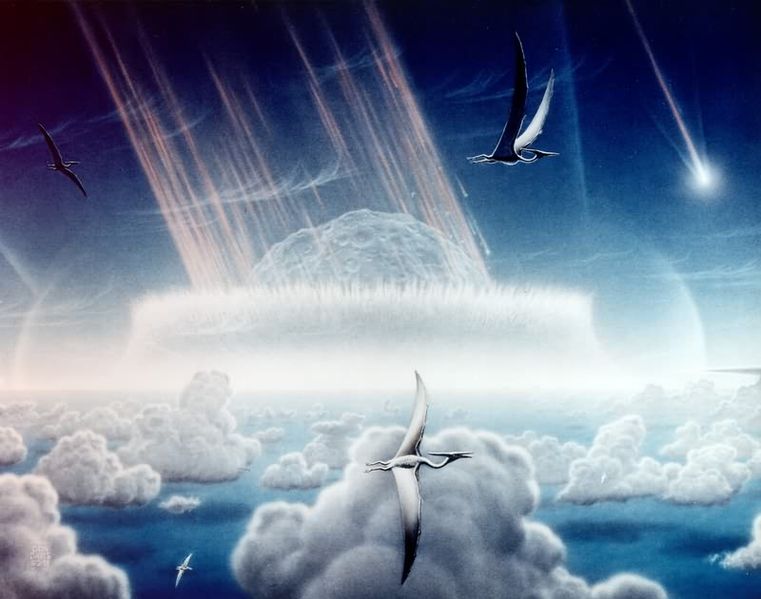
(A public domain image from NASA)
But enough of this planet. How about someplace else?
“Whoa. Lakes on Titan Might be the Craters from Massive Underground Explosions”
***
At the time that he wrote this in response to the question “Why are you a Christian,” Jeff Hardin (Ph.D.,University of California at Berkeley), a specialist in cell biology, genetics/genomics, and developmental biology, was serving as the chair of the Department of Integrative Biology at the University of Wisconsin at Madison:
I’m a Christian because the Christian story of the world—and of myself—makes sense of reality. The Gospel—an old English word for “Good News”—is a Big Story that involves each one of us, but it’s also one of cosmic proportions. When I began to grasp the personal and cosmic dimensions of this Big Story, I began to catch a tiny glimmer of how it makes sense of everything else. First, it made sense of my own life. When I was first presented with the Good News about Jesus of Nazareth, I saw that the Gospel story ran right through my own life. It explained why I, if I was really honest, could be capable of acts of love, goodness, and kindness, but why I could be simultaneously petty, mean, and disingenuous. It was why, when this truth about myself came crashing down on me as a middle schooler, I gratefully accepted, by God’s grace through Christ, something I could not do for myself. Second, the Big Story of the Scriptures is consilient with all that we know. It makes sense of the moral nature of reality that we all perceive, the “unreasonable reasonableness” (to borrow from physicist Eugene Wigner) of the universe, and of our own ability to perceive the moral and rational fabric of reality.
From “Believing Scientists Respond: Why Are You a Christian?”










